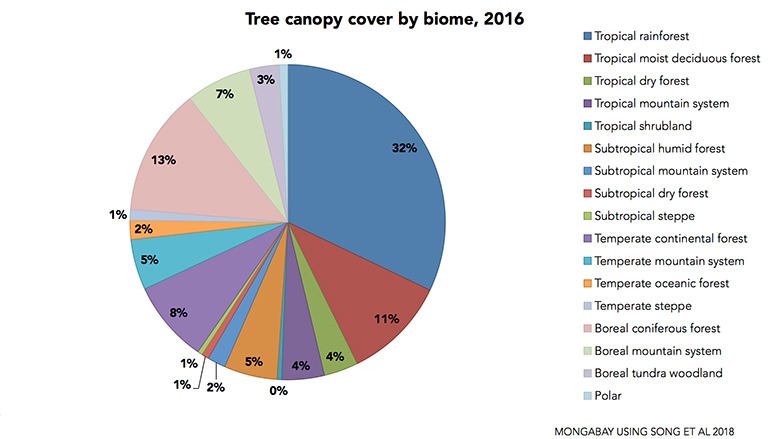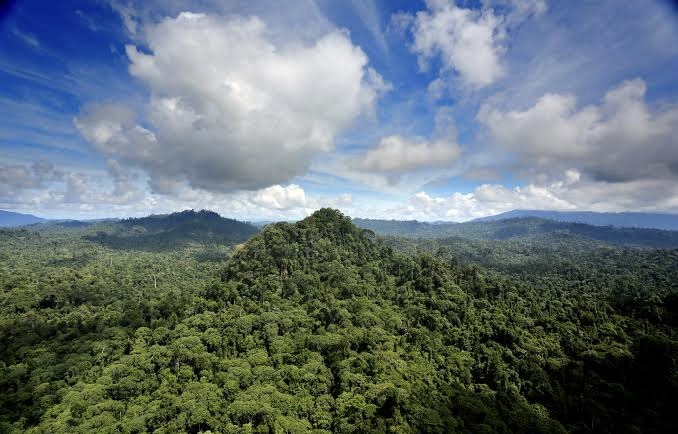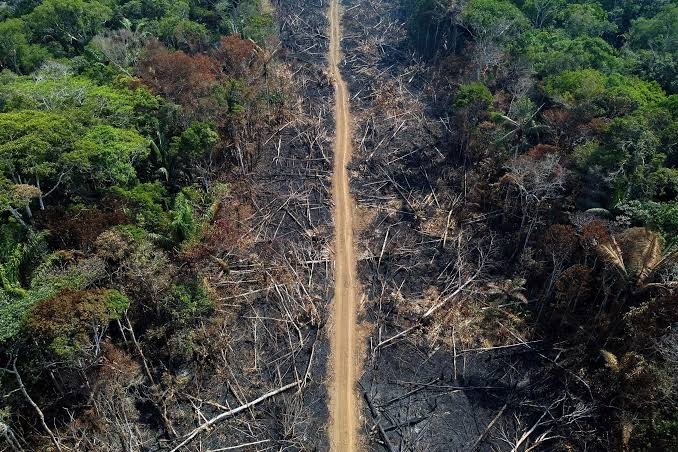Today June 22 is celebrated as world rainforest day all over the planet. This year’s theme is “Conserve, Restore, Regenerate”. Our planet is also known as blue planet, as its covered by water majorly. But in the last few decades, our planet lost lots of natural vegetation. The major aim to celebrate this day to protect the rainforests all over the globe through various methods. To keep our planet healthy, we all need to step forward to recover and thrive our ecosystem with the help of rainforests and natural vegetation. Various organisations are constantly trying to raise awareness about sustainability of planet Earth and importance of lush ecosystem.
Rainforest regions of the world

Amazon and Congo are the most important rainforest regions in the world. It produces the lion share of oxygen and most of the tropical flora and fauna can be found over here. Daintree rainforest in Australia is considered as the world’s oldest continually surviving rainforest. Australia, New Guinea and Indo-Burma are also highly significant rainforest regions in the eastern part of the planet. Sinharaja forest reserve in Sri Lanka also helps to maintain the greenery in Asian subcontinent.
Colombian rainforest is considered as the second most popular and biologically diversified rainforest in the world. Central African rainforest is also the home to various equatorial flora and fauna, which can only survive in this part of the world. Hoh rainforest (USA) also is a huge part of the tropical rainforests in the world.
Facts about rainforests in the world
There are numerous types of rainforests available all over the world, based on the weather and amount of rainfall received in these areas. Tropical rainforest (32%), tropical moist deciduous rainforest (11%), tropical dry forest (4%) and tropical mountain system rainforest (4%) covers the biggest portions on the planet. Polar region forests cover only 1% of the planet as the landmass size is smaller in the polar regions compared to the equatorial and tropical regions of the world. As the global warming is increasing all over the polar regions, many environmentalists are afraid that with the melting of the polar areas, the polar forest will also get destroyed.

51% of the landmass in this world is covered by tropical climate zone, that means the landmass in the tropical zone has the rainforest of about 51%. Rest are distributed in subtropical climate zone (9%), temperate climate zone (17%), boreal climate zone (22%) and polar climate zone (1%).
Less than 3% of the area in this planet is covered by rainforests. World’s largest rainforest is located in the Amazon region surrounding the Amazon river which covers countries like, Bolivia, Brazil, Colombia, Ecuador, etc. Congo is the second largest rainforest in the world covering Cameroon, Republic of Congo, Central African Republic, Democratic Republic of the Congo, etc. Rainforests is the house of more flora and fauna which is not even available in other terrestrial ecosystems of the world. Natural vegetation, plant-based medicines, raw materials for clothes and papers all come from the tropical region.
Rainforests combating global warming
- Rainforests add humidity into the atmosphere that brings the cloud. Hence, rainfall in the equatorial and tropical regions is so common. This also helps to increase the underground water level.
- Rainforests absorb more heat compared to the non-forested regions. That’s why deforestation increases the heat in that particular regions. Since 2022, heatwaves are raising the heat all over the globe.
- All the trees in the rainforests store carbon and produces oxygen for all the living organisms in the world. Forests absorbs almost 2 billion tons of CO2 every year. That’s why rainforests are known as ‘carbon reservoir’ of the world.
- Forests act as a water purifier by filtering all the debris and various water pollutants. It directs water to the large water bodies and brings the water and underground water reservoir into action.
- Rainforest stabilises the complicated climatic changes and keeps the natural process of the Earth’s climate intact. So deforesting the rainforests will kill this equilibrium and will destroy the planet.

I am sure that by now, you all must have understood the importance of rainforests for our planet. While doing the research for this blog post, I realised that I was somewhat revising my knowledge in geography I studied during school days. I literally walked down the memory lane, when I used to excited during the geography classes in school. I am very obsessed with my own actions and try to plant more plants in my balcony to keep the ecosystem in balance. I know, a little bit of action from one person won’t bring a huge change but we can surely educate the younger generation and can spread the awareness among the larger crowd. Happy world rainforest day!
